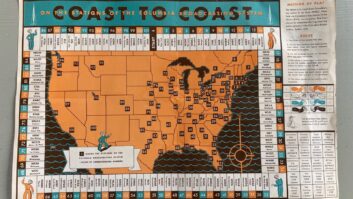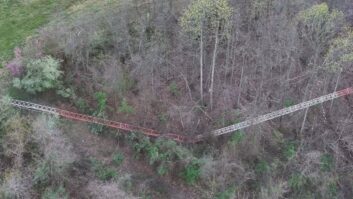BEAVERTON, Ore. � Sixwireless technology companies have recently announced the launch of theCBRS Allianceto develop, market and promote LTE-based solutions utilizing the shared spectrum of the U.S. 3.5 GHz�Citizens Broadband Radio Service��band. The companies � Access Technologies (Alphabet), Federated Wireless, Intel, Nokia, Qualcomm and Ruckus Wireless (now part of Brocade) � believe that access to spectrum in the 3.5 GHz frequency band will be �critical to meet rapidly expanding wireless data demands� according tothis press release.

Last February, the companies announced their commitment to build an ecosystem of industry participants and make LTE-based solutions in the CBRS band widely available. This followed the Federal Communications Commission ruling for CBRS, which opened 150 MHz of spectrum (3550-3700 MHz) for commercial use. The Alliance also actively supports the Wireless Innovation Forum�s efforts to develop and drive the adoption of standards around the unique aspects of operation in the CBRS band, which include providing standardized radio interfaces to the spectrum access system, interfaces between SASs, protection of federal and incumbent use operations, and managing the coexistence among those sharing the band.
With the impending allocations of 3400-3600 MHz for international mobile telecommunications in several countries, there is increased demand for LTE solutions worldwide, creating economies of scale. The alliance believes that LTE-based solutions in the CBRS band, utilizing shared spectrum, can enable both in-building and outdoor coverage and capacity expansion at massive scale.
The alliance will work towards LTE CBRS field trials in the second half of this year and is developing an official certification process towards successful deployments of CBRS infrastructure.
�With 80 percent of the data consumed indoors and 95% of the radio access network capex allocated to the outdoors, new solutions that produce negligible interference with legacy macro and Wi-Fi systems and that are inherently designed to support multiple operators will likely play an essential role to normalize the location asymmetry between data consumption and mobile infrastructure investment,� said Stefan Pongratz, senior director, carrier economics and mobile RAN market research at Dell�Oro Group.�
Translation:�80% of mobile data is used indoors while 95% of the radio networks are outdoors.� New CBRS solutions that can be used by multiple mobile operators, while not interfering with legacy systems, will help to alleviate this indoor/outdoor imbalance.
�










